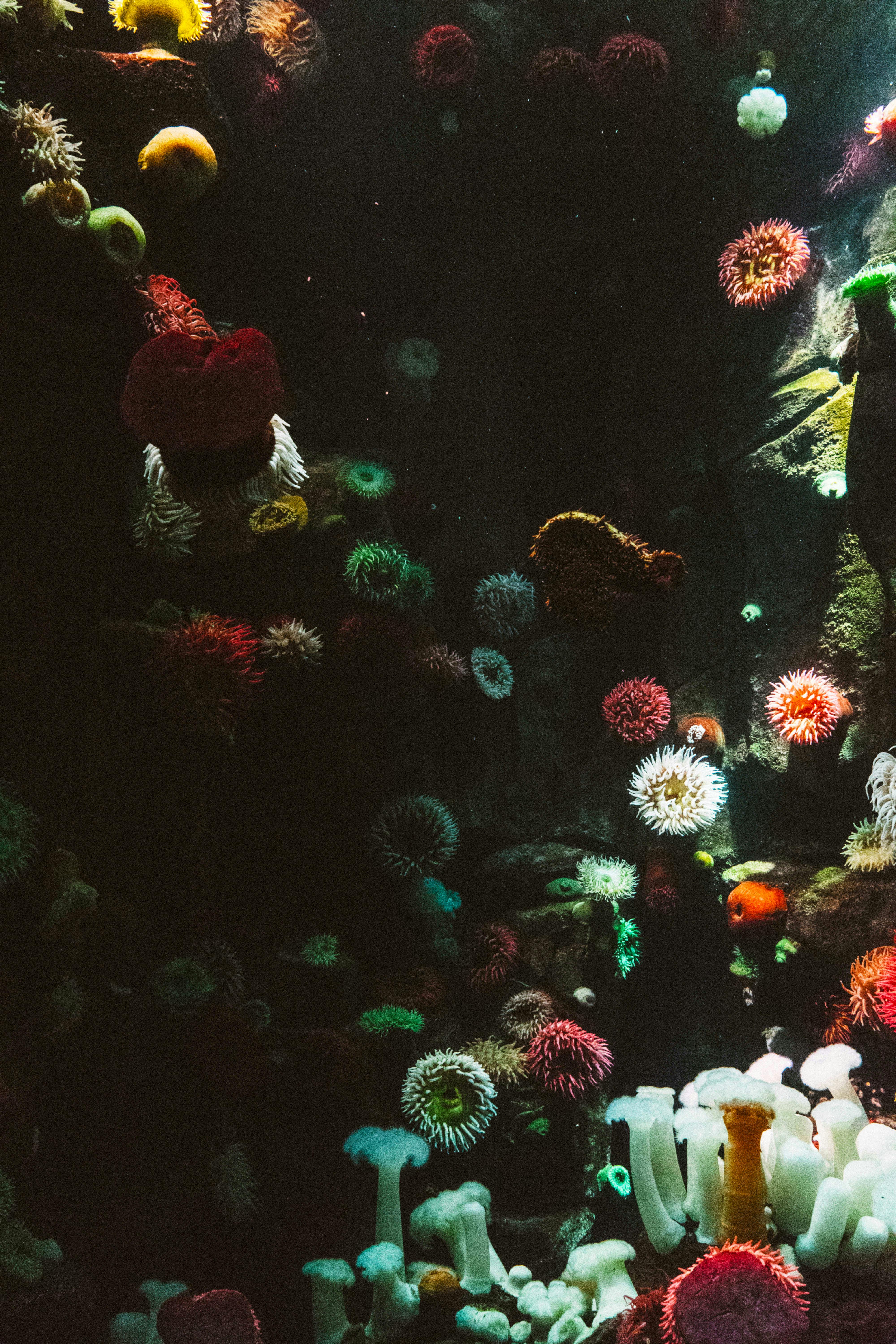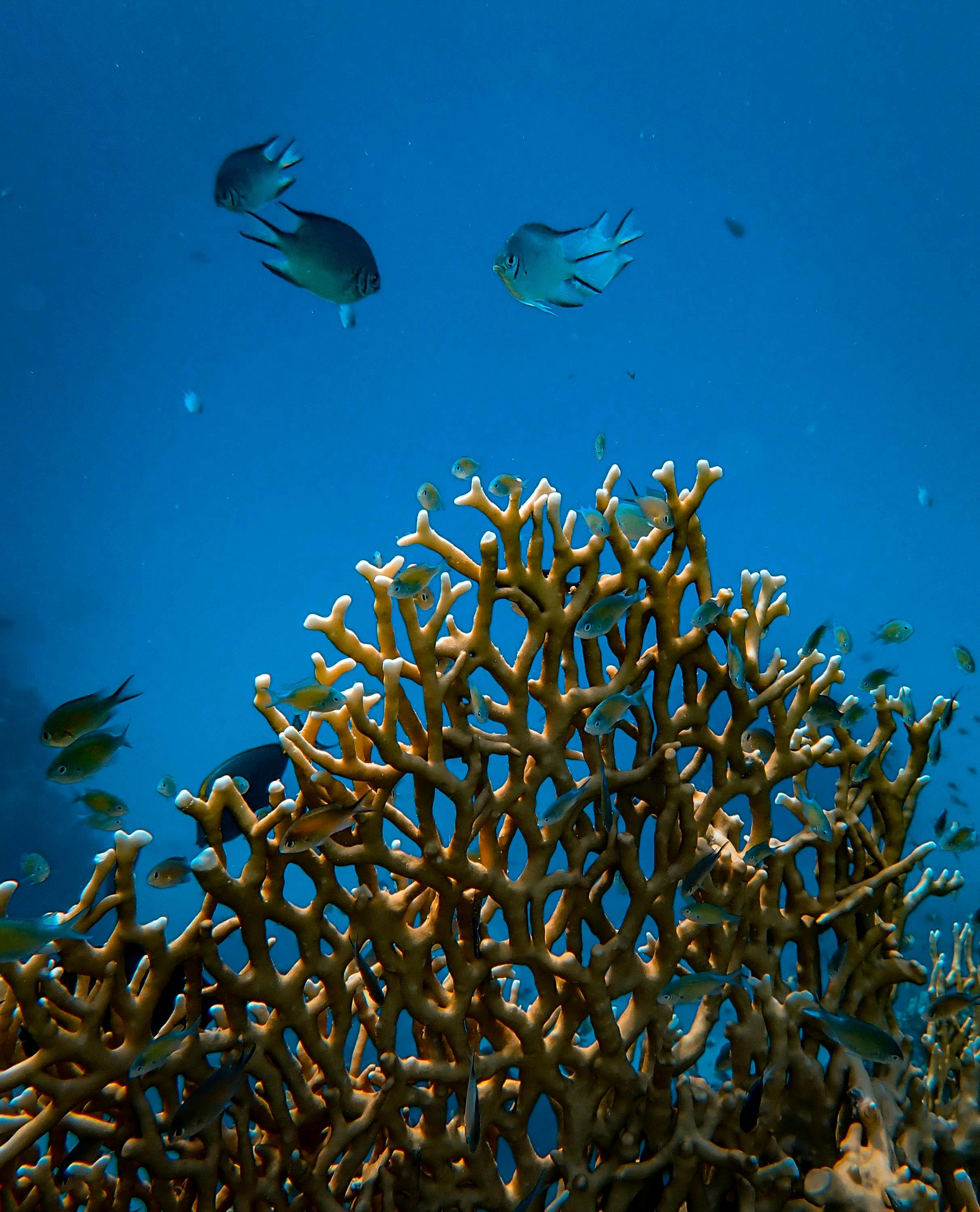Best 7 Aquarium Filters to Enhance Water Quality in 2025: Discover Your Options
Maintaining excellent water quality is essential for the health and well-being of your aquarium fish. Choosing the right aquarium filter not only ensures clean water but also supports a thriving aquatic ecosystem. With numerous options available in 2025, selecting the best aquarium filter can feel overwhelming. This article will guide you through the top seven filters designed to enhance water quality and meet the needs of various aquarium setups.
Fishkeeping enthusiasts will appreciate the benefits of having an efficient filtration system. Among them are improved water clarity, increased oxygenation, and the reduction of harmful toxins. This guide will explore various aquarium filter types, including external and internal filters, and provide insights into their functionality and performance.
We’ll also discuss aquarium filter maintenance, setup tips, and performance comparisons to help you make an informed choice. By the end of this article, you will be well-equipped to select the appropriate filter for your aquarium, whether it be for a small tank, a large marine environment, or a planted aquarium.
For visual inspiration, check out this image of an aquarium filter in action:

Essential Guide to Aquarium Filter Types for Your Setup
Understanding the various types of aquarium filters available is crucial for effective filtration. Each type serves a distinct function tailored to different aquarium needs—be it freshwater, saltwater, or specific species of fish. Here, we will explore four primary categories of filters: mechanical, chemical, biological, and hybrid systems.
1. Mechanical Filtration: The Foundation of Clean Water
Mechanical filtration removes visible debris and particles from the aquarium water. It typically involves a sponge, filter pad, or filter sock that traps waste material as water passes through. This is the first layer of filtration in a multi-stage system.
To efficiently maintain mechanical filters, it is essential to clean or replace filter media regularly. This prevents clogging and maintains optimal flow rates. A common misconception is that all fish tanks require the same maintenance schedule; however, this varies based on tank size and fish bio-load, making personalized care critical.
2. Chemical Filtration: The Process of Purification
Chemical filtration employs specific media, such as activated carbon, to eliminate impurities and odors in the aquarium. This method effectively removes dissolved toxins, making water safer for fish, particularly in high-stress environments like reef tanks.
Cartridge filters are widely utilized for their ease of installation and efficiency in chemical filtration. Regularly checking and replacing the cartridge is advised to maintain water quality and ensure that chemical filtration remains effective.
3. Biological Filtration: Nurturing the Ecosystem
Biological filtration relies on beneficial bacteria to break down harmful ammonia and nitrites produced by fish waste. This natural filtration process supports aquatic life and maintains a balanced ecosystem within the aquarium.
Introducing live plants and specific filter media designed to enhance the growth of beneficial bacteria can greatly improve the effectiveness of biological filtration. This method is vital for newly set-up aquariums as they begin the cycling process.
4. Hybrid Systems: The Best of All Worlds
Combining mechanical, chemical, and biological filtration, hybrid systems are designed for aquarists seeking comprehensive filtration solutions. These filters often feature multiple stages that work together to remove contaminants and provide high water clarity.
Adopting a hybrid filtration approach amplifies the benefits of each filtration type, resulting in healthier fish and lower maintenance demands. An efficient hybrid filter will support better water circulation and promote fish tank stability.
With a grasp on the different types of aquarium filters, we can now delve into specific product recommendations that stand out in 2025.
Top 7 Aquarium Filters to Consider in 2025
Considering various functionalities and user needs, we’ve compiled a list of the top seven aquarium filters for 2025. These choices balance performance with ease of use, making them perfect for both beginners and experienced aquarists.
1. Fluval 407 External Canister Filter
The Fluval 407 is renowned for its robust filtration capabilities and efficiency. This external aquarium filter accommodates tanks up to 150 gallons and features a multi-stage filtration system. Its quiet operation and energy-efficient design make it one of the best canister filters available. The ability to customize filter media also sets it apart, allowing users to tailor filtration to specific aquarium needs.
2. AquaClear Internal Filter
For smaller tanks, the AquaClear Internal Filter offers an excellent solution. Known for its easy installation and maintenance, this compact filter optimizes water flow with adjustable flow settings, making it suitable for various aquarium types, including those housing sensitive species.
3. Marineland Penguin Biowheel Filter
This model features a patented Bio-Wheel technology that supports biological filtration. The Marineland Penguin is ideal for freshwater and saltwater setups up to 75 gallons. It’s highly regarded for its effectiveness in maintaining optimal water conditions and providing a high level of clarity without sacrificing fish health.
4. Tetra Whisper EX Silent Filter
When it comes to a quiet aquarium filter, the Tetra Whisper series stands out. Engineered for its noise-reduction technology, this external filter provides excellent water flow and is appropriate for aquariums from 10 to 100 gallons. Its user-friendly design simplifies maintenance, making it a favorite among aquarium hobbyists.
5. Eheim Classic External Canister Filter
With a reputation for reliability, the Eheim Classic filter delivers efficient filtration using high-quality media. This external filter is suitable for both planted and fish-only aquariums. Additionally, it is virtually silent, providing a peaceful environment in your home without compromising performance.
6. Penn Plax Cascade Canister Filter
The Penn Plax Cascade offers powerful filtration for larger aquariums and provides a user-friendly setup. Its high-capacity filter basket allows for a significant amount of filter media, promoting exceptional filtration performance. This model is especially beneficial for aquarists with larger tanks or heavy bioloads.
7. hygger Super Quiet Aquarium Filter
The hygger filter is gaining attention for its highly-efficient filtration combined with a quiet operation. Ideal for beginner aquarists, this compact model is easy to install. It caters to small to medium-sized tanks and promotes a healthy aquarium environment.
With the essential information on filter types and the best products for 2025, let’s take a look at practical tips for setting up and maintaining your aquarium filter.
How to Properly Set Up and Maintain Your Aquarium Filter
To ensure your fish tank filter operates efficiently, proper setup and maintenance are crucial steps for every aquarist. Here, we will outline best practices for installation and regular care of your filtration system.
Step 1: Choosing the Right Filter Size and Type
Before setting up a fish tank filter, assess your aquarium’s size and the specific requirements of your aquatic life. Ideally, your filter should be capable of handling three to five times the volume of your aquarium per hour. For instance, a 50-gallon tank would benefit from a filter rated for at least 150 gallons per hour.
Step 2: Installation and Proper Placement
After purchasing the appropriate filter, follow the manufacturer’s instructions for installation. Ensure optimal placement of the filter to facilitate proper water circulation; avoid placing it in corners where it can hinder performance. Adjust flow rates based on the needs of your fish and plants.
Step 3: Regular Cleaning and Maintenance
Establish a filter maintenance schedule that includes cleaning and replacing filter media as needed. Regularly check the condition of sponges, cartridges, and bio-media to prevent clogging. An efficient clean often requires rinsing filter media in water from the tank, as opposed to tap water, to preserve beneficial bacteria.
Step 4: Monitor Water Parameters
During routine water tests, keep an eye on key parameters including ammonia, nitrite, nitrate levels, and pH balance. Healthy filtration should maintain these parameters in the optimal range, significantly impacting both water quality and fish health.
Tip: Know When to Replace Media
Recognize the signs that your aquarium filter media may require replacement. Notable indicators include reduced water flow, increased buildup of debris, or cloudy aquarium water. Follow the manufacturer’s recommendations on replacement schedules for optimal performance.

Best Practices for Enhancing Aquarium Water Quality
Improving water quality hinges upon a combination of filtration, technology, and regular maintenance. Here are best practices designed for long-term health and clarity in your aquarium.
1. Regular Water Changes
Incorporating a consistent water change schedule (10-15% weekly) helps maintain nutrient levels and dilute toxins. It also allows you to replace trace elements beneficial for fish health. Ensure the new water matches the appropriate parameters to avoid shock to your fish.
2. Invest in Quality Substrate
A substrate that promotes beneficial bacteria growth not only enhances biological filtration but also contributes to the overall health of your aquatic ecosystem. Consider using a mix of coarse and fine substrate to facilitate oxygen flow and nutrient absorption for plants.
3. Encourage Plant Growth
Live plants can help boost filtration and natural water clarity while providing hiding spots for fish. They absorb nitrates and provide oxygen during the day, creating a balanced environment. Be mindful of plant species compatible with your fish type.
4. Maintain an Ideal Temperature and pH
Elevated temperatures and inappropriate pH levels can lead to unnecessary stress for fish and hinder filter performance. Regularly test and adjust parameters to align with the specific needs of your fish species to promote a thriving community.
5. Understanding Bio-load Capacity
Fish stocking levels and community dynamics should be aligned with your water volume. Overcrowding can lead to rapid accumulation of waste, overwhelming even the best filtration systems. Always monitor tank population and adjust as necessary.
Troubleshooting Common Aquarium Filter Issues
Even with the best aquarium filter setup, issues may arise. Here’s how to troubleshoot common problems effectively.
1. Low Flow Rates
Reduced water flow may indicate clogged media or an obstruction within the filter system. Performing routine maintenance, including media rinsing and checking tube connections, can restore flow efficiency.
2. Excessive Noise
Unusual sounds from your filter could be due to air trapped within the system or incorrect placement. Make sure the filter is level and free from vibration against other surfaces. If the issue persists, check for blockages in the impeller.
3. Cloudy Water
Cloudy water signals either biological imbalance or high nutrient levels. Adjusting filter frequency, upgrading media, or increasing water changes can combat murky water. Test parameters to identify specific issues, and make gradual adjustments accordingly.
4. Algae Growth
Uncontrolled algae blooms may arise from excessive light and insufficient filtration. Implementing a routine water change and monitoring nutrient levels can enhance water clarity while controlling algae growth.
5. Fish Health Concerns
Changes in fish behavior such as lethargy or unusual swimming patterns may indicate water quality issues linked to filter performance. Quick reassurance of the filter’s operational status is vital to prevent further stress on aquatic animals.
Q&A: Your Aquarium Filter Questions Answered
1. How do I know which aquarium filter is best for my tank?
Consider your tank size, fish type, and water conditions when selecting an aquarium filter. Each filter comes with a specific rating for the size of tanks it can accommodate. Make sure to select one that fits your unique setup.
2. How often should I clean my aquarium filter?
The general rule of thumb is to inspect and clean your filter every month. However, this can vary based on the tank’s bioload. Monitor water quality and adjust your cleaning frequency as needed.
3. Are there any filters specifically for planted tanks?
Yes, many filters are designed with planted tanks in mind. Look for models that support low flow rates to prevent disturbing delicate roots yet offer sufficient biological filtration.
4. What is the ideal flow rate for my aquarium filter?
The ideal flow rate is typically 3-5 times the tank volume per hour. This ensures sufficient water circulation while preventing stress for fish. Adjust based on your specific aquarium population dynamics.
5. Can I run multiple filters in one tank?
Running multiple filters can improve overall filtration efficiency and provide redundancy. Just be mindful of the overall flow and ensure that the system doesn’t create conflicting currents in your aquarium.
To learn more about establishing a healthy aquarium environment, check out additional resources at Aquarium Safety Tips and Aquarium Setup Tips.
